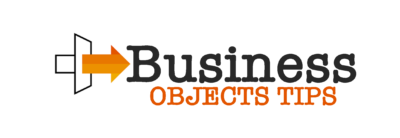It is defined as a situation when you are not able to pay the taxes that you have to pay to IRS or any other tax institutions, IRS would report your account under Currently Not Collectible. This means you can pay your taxes later when you have a sound financial condition.
In this situation, the IRS won’t issue garnishments against you.
How Does this Work?
It is a general misconception that you don’t have to pay your outstanding taxes if your account is marked as currently not collectible by the IRS. However, it is not true. You would have to pay the taxes after you are financially stable and in a condition to pay all the taxes that you owe. It will give you temporary relief only.
Advantages of Currently Not Collectible
IRS provides numerous benefits to taxpayers under Currently Not Collectible. Some of the benefits are discussed below:
1. Reduces Financial Burden:
If you are granted a status of currently not collectible, you won’t immediately have to pay the amount that you owe to the IRS. Thus, for a time being, it will reduce your financial burden.
2. Provides you Time:
It also provides you time to become financially stable before you pay your taxes without any threat.
3. Avoid garnishments:
Generally, the IRS issues garnishments against taxpayers who have pending tax dues. Garnishments tend to reduce the credit score of an individual. The status of currently not collectible will save you from garnishments and maintain your credit score.
Basic Requirements for the Status of Currently Not Collectible Under IRS
IRS has laid down the basic requirements for the status of currently not collectible. The applicant must fulfill these requirements to be able to grant the status. Paying the taxes must be a financial hardship for you. IRS defines significant hardship as a situation when serious privation occurs due to paying taxes at this particular point.
The IRS would also look to some other requirements as prescribed by them. For this, you can either get in touch with the IRS directly or hire a professional to help you out. Refer to this blog to learn more.
Related posts
Categories
Advertisement


